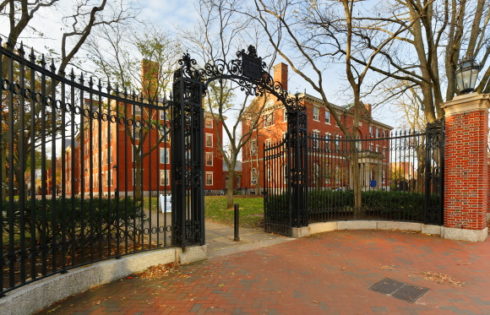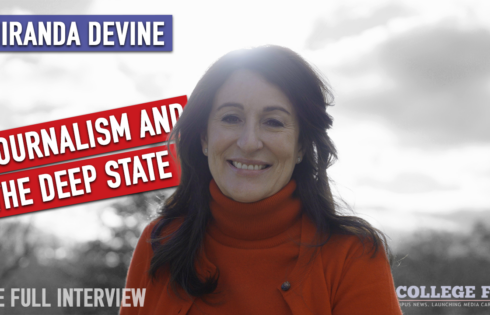A poll released last week showed millennials live in bubbles when it comes to who they interact with. A new report now shows young Americans also live in a bubble when it comes to understanding the First Amendment.
In a white paper published last week, Jeffrey Herbst, President and CEO of the Newseum, argues that “an alternate understanding of the First Amendment has emerged among young people.” Herbst, a former professor and university president, writes students today have conceptualized a “right to non-offensive speech.”
From the paper:
With little comment, an alternate understanding of the First Amendment has emerged among young people that can be called “the right to non-offensive speech.” This perspective essentially carves out an exception to the right of free speech by trying to prevent expression that is seen as particularly offensive to an identifiable group, especially if that collective is defined in terms of race, ethnicity, gender, or sexual identity. The crisis is not one of the very occasional speaker thrown off campus, however regrettable that is; rather, it is a generation that increasingly censors itself and others, largely silently but sometimes through active protest.
The “alternate understanding” can be seen in a poll of high school students. Whereas the students are overwhelmingly supportive of allowing unpopular opinions, they also don’t like them to be expressed in a public format:
The Knight Foundation’s 2016 survey of high school students and teachers found that 91 percent of students agreed that “people should be allowed to express unpopular opinions.” That is certainly in accord with the First Amendment. However, when pressed, only 45 percent of students agreed that “People should be allowed to say what they want in public even if it is offensive to others,” and only 43 percent concurred with the statement that “People should be allowed to say what they want on social media even if it is offensive to others.”
Herbst writes teasing out the reasons for these views is complex, but says part of it could stem from what students are taught.
“The approach to diversity in many elementary and secondary schools seems to be little more than ‘Don’t say things that could hurt others.’ While this might be very good life advice, students have come to interpret it as curtailing the First Amendment,” he writes.
He adds that elementary and secondary schools need to provide an extensive education of the First Amendment to help bolster free speech. Getting young Americans to support free expression also requires work from universities, Herbst writes.
He calls on colleges in part to support those in favor of free speech and “make an absolutist case for speech to a generation of students who have more complicated views.”
Like The College Fix on Facebook / Follow us on Twitter




Add to the Discussion